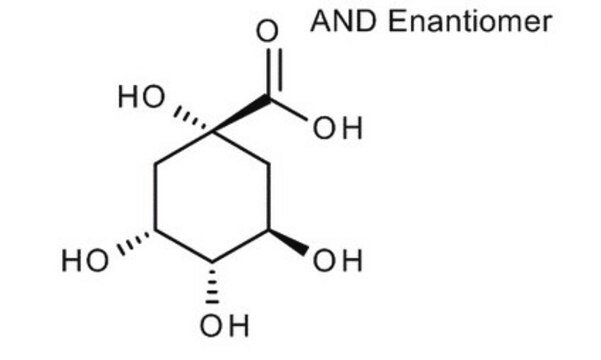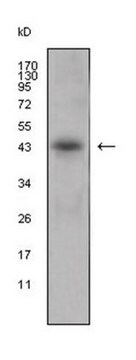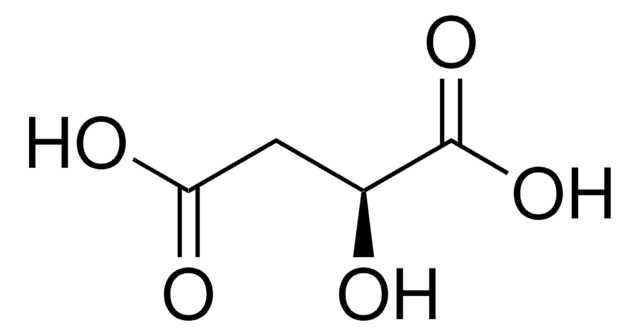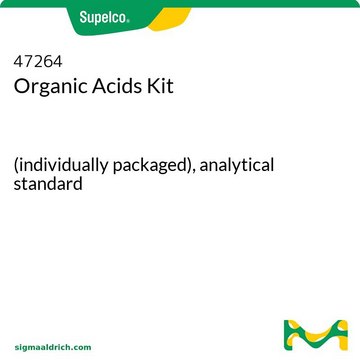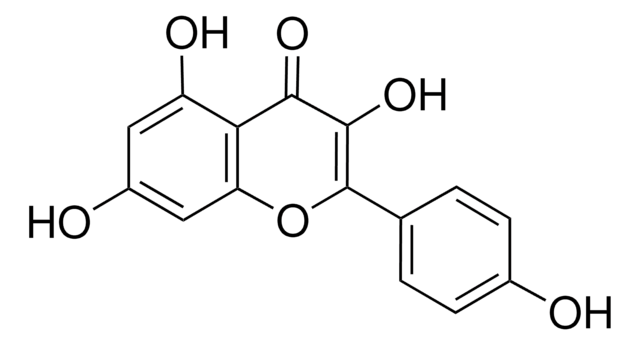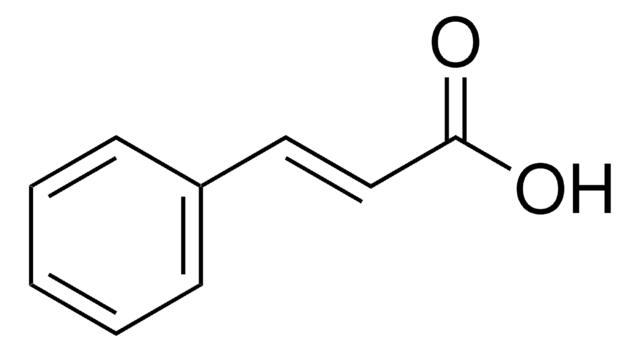PHR1468
Quinic Acid
Pharmaceutical Secondary Standard; Certified Reference Material
Sinônimo(s):
D-(−)-Quinic acid
About This Item
Produtos recomendados
grau
certified reference material
pharmaceutical secondary standard
Nível de qualidade
Agency
traceable to USP 1594506
família API
quinic acid
Certificado de análise (CofA)
current certificate can be downloaded
embalagem
pkg of 1 g
técnica(s)
HPLC: suitable
gas chromatography (GC): suitable
aplicação(ões)
pharmaceutical (small molecule)
Formato
neat
temperatura de armazenamento
2-30°C
cadeia de caracteres SMILES
O[C@@H]1C[C@@](O)(C[C@@H](O)[C@H]1O)C(O)=O
InChI
1S/C7H12O6/c8-3-1-7(13,6(11)12)2-4(9)5(3)10/h3-5,8-10,13H,1-2H2,(H,11,12)/t3-,4-,5-,7+/m1/s1
chave InChI
AAWZDTNXLSGCEK-WYWMIBKRSA-N
Procurando produtos similares? Visita Guia de comparação de produtos
Descrição geral
Aplicação
Nota de análise
Outras notas
Nota de rodapé
Produtos recomendados
produto relacionado
Palavra indicadora
Warning
Frases de perigo
Declarações de precaução
Classificações de perigo
Eye Irrit. 2
Código de classe de armazenamento
11 - Combustible Solids
Classe de risco de água (WGK)
WGK 1
Ponto de fulgor (°F)
Not applicable
Ponto de fulgor (°C)
Not applicable
Escolha uma das versões mais recentes:
Certificados de análise (COA)
Lamentamos, não temos COA para este produto disponíveis online no momento.
Se precisar de ajuda, entre em contato Atendimento ao cliente
Já possui este produto?
Encontre a documentação dos produtos que você adquiriu recentemente na biblioteca de documentos.
Os clientes também visualizaram
Nossa equipe de cientistas tem experiência em todas as áreas de pesquisa, incluindo Life Sciences, ciência de materiais, síntese química, cromatografia, química analítica e muitas outras.
Entre em contato com a assistência técnica

